Akira Ransomware RaaS: Inside the Model Fueling Attacks (2025)
The digital threat landscape is continually reshaped by sophisticated adversaries, and among the most prominent in recent years is Akira ransomware. While its technical prowess is notable, the true engine behind its widespread impact is its adoption of the Ransomware-as-a-Service (RaaS) model. This operational strategy has allowed Akira to scale its attacks, diversify its targets, and become a significant global cyber threat since its emergence in March 2023.
This in-depth article dissects the Akira RaaS ecosystem, exploring how it functions, its connection to past cybercrime syndicates like Conti, the tools and tactics employed by its affiliates, its profound impact on businesses worldwide, and crucial strategies for defense.
The RaaS Revolution: How Cybercrime Became a Franchise
Before diving into Akira specifically, it’s essential to understand the Ransomware-as-a-Service (RaaS) paradigm. RaaS is a cybercriminal business model where ransomware developers (operators) lease or sell their malicious software and associated infrastructure to other criminals, known as affiliates.
Key Characteristics of the RaaS Model:
- Lowered Barrier to Entry: Affiliates don’t necessarily need to be highly skilled malware developers. They can leverage ready-made, sophisticated ransomware tools to launch devastating attacks.
- Profit-Sharing Structures: The most common arrangement involves the RaaS operators taking a percentage (typically 10-30%) of the ransom payments extorted by their affiliates. Other models can include monthly subscriptions or one-time licensing fees.
- Comprehensive Toolkit & Infrastructure: Operators often provide affiliates with not just the ransomware payload, but also access to negotiation portals, data leak sites for double extortion, and sometimes even technical support or community forums.
- Scalability and Reach: This model allows ransomware campaigns to be scaled rapidly, enabling a single ransomware strain to impact a far greater number of victims across diverse geographies and sectors.
The RaaS model mirrors legitimate Software-as-a-Service (SaaS) businesses in its operational efficiency, allowing cybercrime groups to operate like illicit franchises, maximizing their impact and profits.
Akira’s Rise: From Newcomer to RaaS Powerhouse
Akira burst onto the scene in March 2023 and quickly gained notoriety. Cybersecurity researchers and international agencies, including the FBI and CISA, have since confirmed that Akira operates as a RaaS, a factor critical to its rapid proliferation and significant financial success.
The Conti Connection: A Legacy of Expertise?
Strong indicators suggest that Akira is not an entirely new entity but has significant ties to the now-defunct Conti ransomware group, one of the most aggressive RaaS operations of its time. These connections include:
- Code Overlaps: Similarities in coding practices, string obfuscation techniques, and even the lists of file extensions excluded from encryption have been noted between Akira’s malware and Conti’s leaked source code.
- Personnel & Infrastructure: Threat intelligence suggests a potential migration of former Conti members or affiliates to the Akira RaaS program. Some financial analyses have even indicated shared cryptocurrency wallet infrastructure between Akira and Conti-linked entities.
- Operational Parallels: The sophisticated double extortion tactics and affiliate management style seen with Akira echo those refined by Conti.
This lineage likely provided Akira with a head start in terms of both technical expertise and operational know-how for running an effective RaaS program.
Inside the Akira RaaS Machine: How Affiliates Launch Attacks
The Akira RaaS model empowers its affiliates by providing a suite of tools and services, enabling them to conduct widespread attacks:
- Affiliate Recruitment: While specific recruitment methods are clandestine, they typically occur on vetted dark web forums and through existing trusted networks within the cybercriminal underground. Prospective affiliates likely need to demonstrate a certain level of technical capability or access to potential victims.
- The Akira Toolkit & Infrastructure:
- Ransomware Payloads: Affiliates are equipped with evolving versions of the Akira ransomware. Initially, a C++ based encryptor was used for Windows systems. Subsequently, Akira developed a Rust-based variant, codenamed “Megazord” (sometimes referred to as Akira v2, using extensions like
.akiranew), which notably targeted Linux systems and VMware ESXi servers. However, by early 2025, some intelligence indicated a potential reversion to refined C++ payloads for both Windows and Linux, possibly for broader stability or ease of use by affiliates. - Data Leak Site: A critical component of their double extortion strategy, Akira provides affiliates access to a Tor-based leak site. This site, often recognized by its distinctive retro 1980s command-line interface aesthetic, is used to publish exfiltrated victim data if ransom demands are not met.
- Negotiation Platform: A dedicated Tor-based portal allows affiliates (or sometimes the core operators) to communicate directly with victims to negotiate ransom payments, typically demanded in Bitcoin. Akira’s negotiators have been observed to be direct and have occasionally provided victims with information about the intrusion vector post-payment.
- Ransomware Payloads: Affiliates are equipped with evolving versions of the Akira ransomware. Initially, a C++ based encryptor was used for Windows systems. Subsequently, Akira developed a Rust-based variant, codenamed “Megazord” (sometimes referred to as Akira v2, using extensions like
- Profit-Sharing: While precise figures for Akira’s RaaS splits are not always publicly confirmed, RaaS models commonly see affiliates retaining a large portion of the ransom (e.g., 70-90%), with the remainder going to the operators for malware development and infrastructure maintenance. This lucrative split incentivizes a high volume of attacks.
- Affiliate Skill & Tools: Akira affiliates are not merely “script kiddies.” They often employ a range of sophisticated TTPs and tools for:
- Initial Access: Exploiting vulnerabilities in VPNs (notably Cisco ASA devices lacking MFA, leveraging CVEs like CVE-2020-3259 and CVE-2023-20269), spear-phishing, and using compromised credentials. A March 2025 report even noted an instance where an unsecured webcam was used as an attack vector.
- Execution & Persistence: Using PowerShell, creating new domain accounts.
- Privilege Escalation & Credential Access: Tools like Mimikatz, LaZagne, and techniques like Kerberoasting.
- Defense Evasion: Employing tools like PowerTool, Terminator, or PCHunter to disable EDR and security software; deleting shadow copies to prevent easy recovery.
- Discovery & Lateral Movement: Using legitimate tools (LOLBins) like Advanced IP Scanner, AdFind, PsExec, AnyDesk, and RDP.
- Data Exfiltration: Utilizing tools such as FileZilla, WinSCP, and Rclone to steal data before encryption.
Global Impact & High Stakes: The Reach of Akira’s RaaS
The efficiency of the RaaS model has enabled Akira to inflict significant damage globally:
- Widespread Victimization: By early-to-mid 2024, Akira was linked to attacks on over 250 organizations worldwide. Activity spikes were noted, such as 73 victims listed on their leak site in November 2024 alone, and continued strong activity into Q1 2025, placing them among the top active RaaS groups.
- Diverse Targets: Affiliates have launched attacks across a broad spectrum of sectors, including education, finance, manufacturing, healthcare, transportation, industrial control systems (ICS), and critical infrastructure providers. Small to medium-sized businesses (SMBs) have been frequent victims, alongside larger enterprises.
- Geographical Focus: While global, a significant concentration of victims has been reported in North America, Europe, and Australia.
- Substantial Financial Gains: It’s estimated that Akira affiliates and operators had extorted approximately $42 million USD by April 2024, with this figure undoubtedly growing throughout 2024 and into 2025. Ransom demands typically range from $200,000 to over $4 million.
- Double Extortion as Standard: The exfiltration of sensitive data followed by encryption is a hallmark of Akira RaaS attacks, massively increasing pressure on victims who face not only operational disruption but also the threat of severe data breaches, regulatory fines, and reputational damage.
Challenges in Combating the Akira RaaS Ecosystem
The distributed nature of the Akira RaaS model presents significant challenges for cybersecurity professionals and law enforcement:
- Attribution Complexity: Differentiating attacks conducted by various independent affiliates from those potentially orchestrated by the core Akira operators is difficult, complicating efforts to track and dismantle the entire operation.
- Resilience: Even if some affiliates are apprehended or their infrastructure disrupted, the core RaaS platform can often continue to operate by recruiting new members and adapting its tools.
- Abuse of Legitimate Tools (LOLBins): Affiliates frequently use legitimate system administration tools and publicly available utilities for reconnaissance, lateral movement, and data exfiltration. This “living off the land” approach makes their malicious activity harder to distinguish from normal network traffic, challenging traditional signature-based detection methods.
- Rapid Malware Evolution: The RaaS model allows operators to quickly iterate on their ransomware payloads based on feedback from affiliate campaigns and the discovery of new vulnerabilities or security bypasses.
Fortifying Defenses: A Multi-Layered Strategy Against Akira RaaS
Given the sophisticated and distributed nature of Akira RaaS, a robust, multi-layered cybersecurity posture is essential:
- Prevent Initial Access:
- MFA Everywhere: Enforce multi-factor authentication on all accounts, especially for VPNs, RDP, and other remote access services. This is a critical defense against credential compromise and VPN exploitation.
- Patch Management: Aggressively patch known vulnerabilities, particularly in public-facing applications and VPN appliances.
- Email Security & User Training: Implement advanced email filtering to block phishing attempts and conduct regular user awareness training to help employees recognize and report suspicious activity.
- Limit Blast Radius:
- Network Segmentation: Isolate critical systems and segment networks to hinder lateral movement by attackers.
- Principle of Least Privilege: Ensure users and service accounts only have the access necessary for their roles.
- Detect and Respond:
- Endpoint Detection and Response (EDR) & Extended Detection and Response (XDR): Deploy and properly configure EDR/XDR solutions to detect malicious activity, including attempts to disable security software or delete shadow copies.
- Network Monitoring: Continuously monitor network traffic for anomalous activity, C2 communications, and signs of data exfiltration.
- Threat Hunting: Proactively hunt for indicators of compromise (IOCs) and tactics, techniques, and procedures (TTPs) associated with Akira and other RaaS groups.
- Ensure Recoverability:
- Immutable & Offline Backups: Maintain regular, tested backups using the 3-2-1 rule (three copies, two different media, one offsite and offline/immutable). This is your most critical defense against the encryption aspect.
- Incident Response Plan: Develop and regularly test a comprehensive incident response plan that outlines steps for containment, eradication, recovery, and communication.
- Stay Informed & Seek Expert Help:
- Threat Intelligence: Subscribe to reputable threat intelligence feeds and stay updated on advisories from agencies like CISA and the FBI regarding Akira’s evolving TTPs.
- Professional Assistance: In the event of an attack, engage experienced ransomware recovery and decryption specialists. Attempting DIY decryption with unverified tools can lead to further data loss or complications.
The Future Outlook: The Enduring RaaS Threat
The Ransomware-as-a-Service model, exemplified by groups like Akira, has proven to be an incredibly effective and resilient method for cybercriminals to scale their operations and maximize profits. While specific groups may rise and fall, the RaaS paradigm itself is likely to persist and continue evolving. We can expect to see further sophistication in malware, more targeted affiliate recruitment, and ongoing adaptation to security measures.
For organizations, this means that cybersecurity cannot be a static defense. It requires continuous vigilance, adaptation, investment in robust security controls, and a readiness to respond effectively to these syndicated cybercrime challenges. For entities like akiradecryptor.com, the mission remains clear: to provide expert assistance to those impacted, helping them navigate the complex process of recovery and data restoration in the face of these formidable threats.
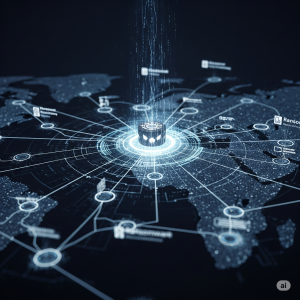
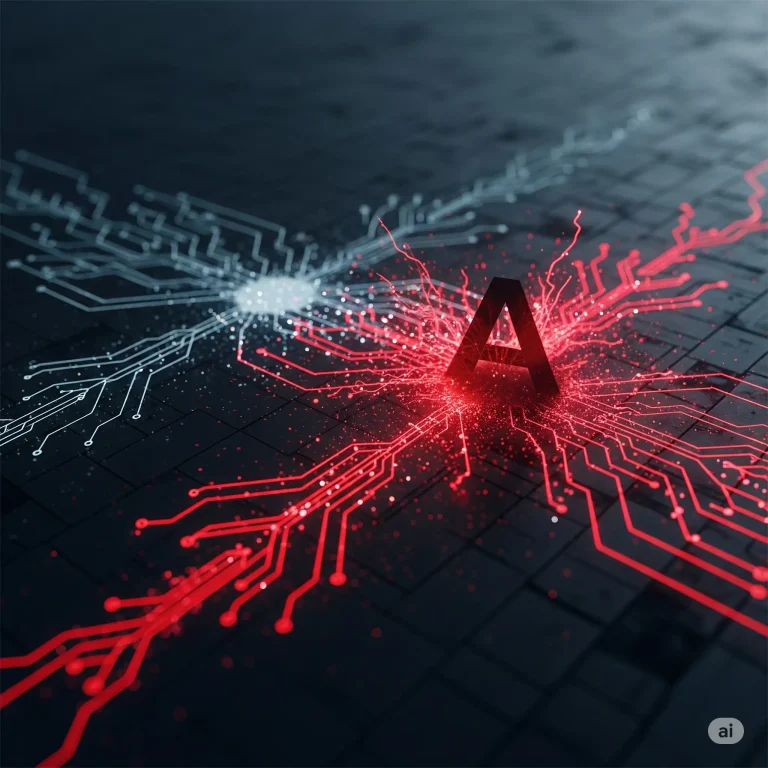
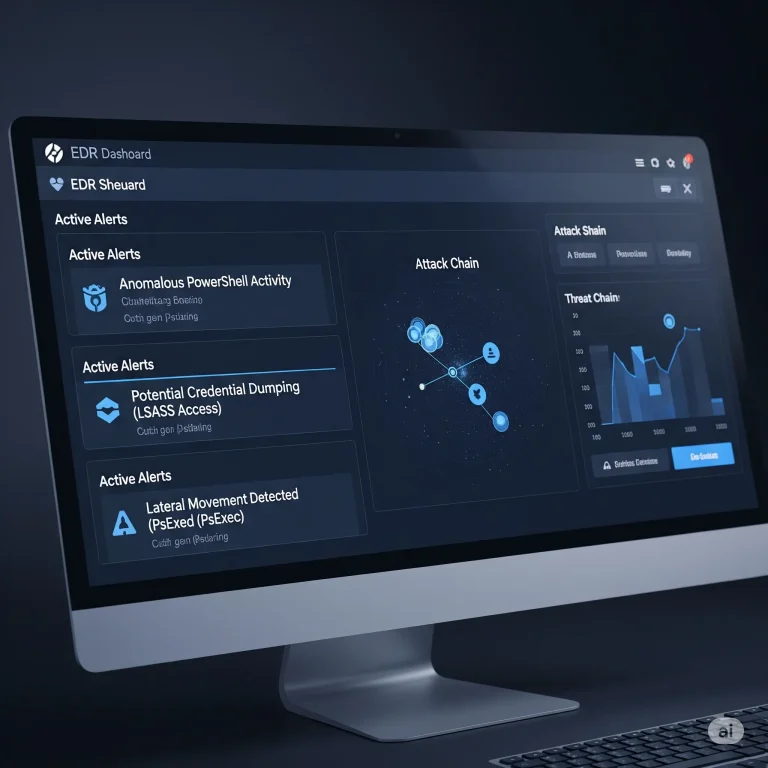
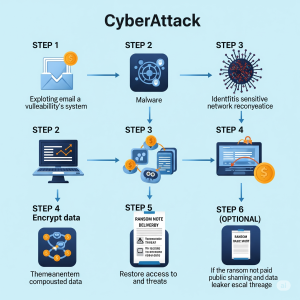
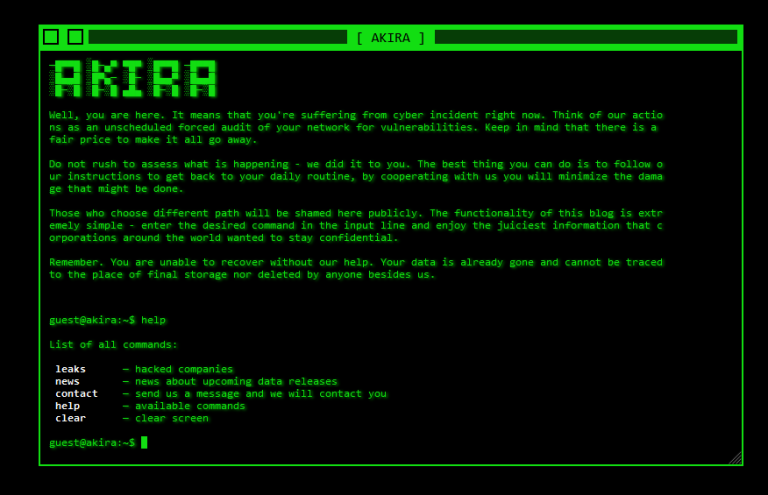
2 Comments